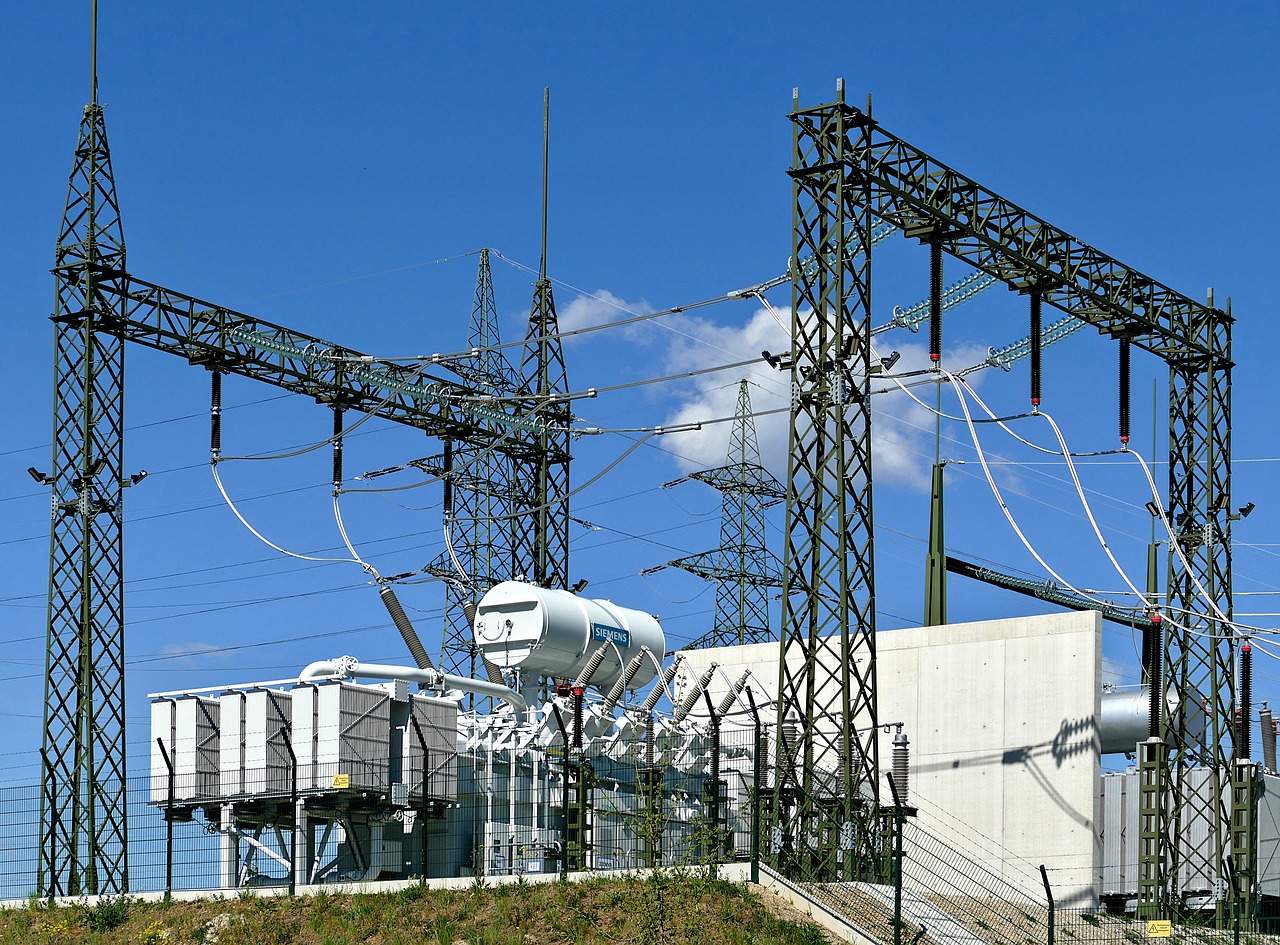UNIT PROTECTION COURSE
We Power Projects is a power system consulting organisation, we have successfully completed 350+ projects across 32 countries. We provide corporate training and professional trainings for industry professionals and students in power system studies in various simulation softwares.
We have a team of engineers with expertise in simulation softwares like ETAP, DIg SILENT, SKM,Power CAD, PSS/E, PSCAD, PV Syst, Homer Pro, Dialux. We have transformed and enriched the careers of 1000+ engineers in the field of Power System Studies.
INTERESTED IN UNIT PROTECTION TRAINING?
Enroll Course Now
You’re a Job seeker, working professional, student very eager to learn power system studies and start a career as a power system engineer but having time constraints. Don’t worry about time we are having multiple modules choose which suits you the best.

Course Outline
Short Circuit Studies
- Introduction to short circuits and its effect
- Types of faults
- Objective of Short Circuit Studies & Standards
- Limitation & Assumption of IEC 60909 & IEC 61363
- Symmetrical Components
- Simulation with Different Case Study
- C Factor, Pre-fault Voltage
- Maximum and Minimum Fault Current
- SLG fault with Different Type of Grounding
- Islanded System & Grid Connected System
- Breaking, Making & DC Component
- Methods of Limiting Short Circuit Current
CT/VT Sizing
- Introduction about CT/VT
- CT Parameters based on international standards IEC61689, C57.13
- Why Transient Performance CTs (TPX, TPY, TPZ)?
- Impact of System X/R Ratio in CT Sizing
- CT Sizing for Transformer/Reactor Protection (e.g. Siemens 7UT63, GE Agile P64x)
- CT Sizing for Motor Protection (e.g. ABB REM610, GE Agile P22x, Siemens 7UM62)
- CT Sizing for Transmission Line/Cable Protection (e.g. SEL 411L, ABB RED670)
- CT Sizing for Busbar Protection -Low Impedance /High Impedance (e.g. SEL SEL487E, GE/Alstom MCAG34)
- CT Sizing for Generator Protection (e.g. Siemens 7UM62, GE Multilin G60)
Transformer Differential Protection 87D
- Classification of faults in the Transformer
- Transformer Differential
- Why biased or Percentage Differential?
- Singe feed Source Differential Protection
- Second Harmonic Filtering
- Phase Correction Factor
- High Impedance & Low Impedance Differential
- Setting Calculation of P642 Relay
- Simulation & Validation with (7UT512 And P642)
REF Protection (64R)
- Why do we need REF protection?
- High Impedance and Low Impedance REF
- Design considerations for REF protection
- Calculation procedure for REF protection Siemens – 7SR11, SEL 751.
- Simulation & Validation with case study
Transformer & Reactor Protection
- Buchholz, PRV (63), OTI & WTI -Protection
- Transformer over flux (24) & over load (49) Protection
- Shunt Reactor & its Protection
- Simulation & Validation with case study
Transmission Line-Distance Protection
- Why Distance Protection ?
- Characteristics (Mho, Quadrilateral)
- Zone-1, Zone-2, Zone-3, Reverse Zone, Extended Zone
- Arc Resistance and Resistive Reach Settings
- Enlargement of Impedance due to infeed at remote ends
- Ground Fault Compensation
- Mutual Impedance between parallel Lines
- Impact of Source Impedance Ratio (SIR)
- Application issues (Short & Long Lines followed by Short Line)
- Distance Protection Schemes (Transfer Tripping – DUTT, POTT, PUTT Schemes; Blocking Schemes)
- Current Reversal issue on Double circuit line
- Weak Infeed and Echo Logic
- Relay settings examples (Siemens 7SD52, SEL411L)
- Simulation and inference
Transmission line -Differential Protection
- Distance Protection Limitations
- Differential Protection – Principle
- Transmission Line Challenges
- Applications & Case Studies
- CT Saturation & other Possible Error
- Differential Protection- Requirements
- Relay settings -Siemens 7SD610, Micom P543
- Simulation and inference
Bus bar Protection 87B
- Busbar Arrangements and CT Locations
- Low impedance vs High Impedance Busbar differential
- Probability of Bus faults
- In/Out zone Fault with Example
- CT Saturation Concepts
- Digital Differential Algorithm Goals
- Over Current Based Interlocking Scheme
- Low Impedance Busbar Differential Protection
- High Impedance Busbar Differential Protection -Siemens -7SR23
Motor Protection
- Motor Protections
- Instantaneous Overcurrent Protection 50P
- Ground Fault protection 50G & 50N
- Thermal Overload Protection (49)
- Negative sequence current/Voltage Protection (46/47)
- Motor Jam -Locked Rotor Protection
- Motor Startup Protection
- Under Voltage Protection (27)
- Stator and Motor Differential Protection 87S & 87 M
- Simulation & Validation (ABB REM 615)
Generator Protection 87G
- Generator parameters
- Over fluxing Protection – 24
- Low forward & reverse power protection – 32F/32R
- Loss of Excitation – 40
- Voltage Restraint O/C protection – 51V
- Over/Under Frequency – 81
- Earthing of synchronous Generator
- Generator protections and Setting -Siemens 7UM622
Configuration (Siemens)
- Siemens Numerical Relay Introduction
- DIGSI Introduction
- Inputs/ Outputs Configuration
- CFCs
- Information Matrix
- Adding a relay – 7SJ / 7UT
- Settings pages of relay
- Retrieving / Sending files to relays
Configuration (ABB)
- ABB Numerical Relay Introduction
- PCM Introduction
- Inputs/ Outputs Configuration
- Application Configuration
- Parameter Configuration
- Adding ABB relay (REX series)
SEE WHAT SAYS OUR HAPPY CLIENTS
Our happy customers
– ADARSH PRIYADARSHI, Electrica Engineer at Hyundai Heavy Industries,S.Korea
This reflects the amount of pursuance I put into learning new skills and knowledge during my Master’s degree.
I am thrilled to announce that I have successfully completed my degree with a Master of Science MSc in Electrical Power Engineering with First class, Distinction (81%).
I am honored to do my final thesis on a real-case Industrial project with POWER PROJECTS. My sincere thanks to Selvakumar S sir for giving me an opportunity and also for spending your valuable time. Many thanks to Suriya kumar for patiently guiding with the project.”
– Charitha Sasumana, Electrical Design Engineer at Arka11 Renewable Solutions Pvt Ltd
– Paricxit Dahal , 𝑷𝒐𝒘𝒆𝒓 𝑺𝒚𝒔𝒕𝒆𝒎 𝑬𝒏𝒈𝒊𝒏𝒆𝒆𝒓 at ElectraNet Pty Ltd
1. Their training program. They teach each and every concept in detail with ETAP simulations and gives assignments which helps a lot. 2. Bonus courses on Let us better understand cable, generator, transformer, earthing system etc. which is an added advantage. 3. It’s not only about taking fees and finishing the courses. They make sure that they have transformed your knowledge by involving us in various webinars, Q&A sessions, Case studies. I can say that the amount Power projects are charging for the training is very nominal in compared to the knowledge which we are getting from them. I consider my life’s best decision which i took by joining Power Projects. Thanks a lot, Selva Sir and entire Power Projects team.”
– Anand Thakur, Electrical Lead Engineer at Quest Global
I’m glad that I have completed another course from powerprojects related to #solarpowerplant . This is not a promotional post but being a student here for last 2+ years, I’d highly recommend this platform to Engineers who are in power segment. Also I’d like to give a one line feedback to the teaching way of Selvakumar S sir, Sethuraman Srinivasan sir and Nivedhan Sivakumararajan sir with the famous quote of Albert Einstein:
“It is the supreme art of the teacher to awaken joy in creative expression and knowledge.”
Thank you for your teaching, keep sharing the knowledge sir. Will see you on the next course.”
– Harsh Bhoi, Design Engineer at Addwatt Power Solutions Pvt Ltd
– KARTHIKEYAN SK, 𝑷𝒐𝒘𝒆𝒓 𝑺𝒚𝒔𝒕𝒆𝒎 𝑬𝒏𝒈𝒊𝒏𝒆𝒆𝒓 at Confidential







